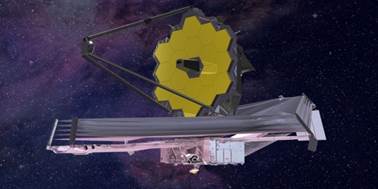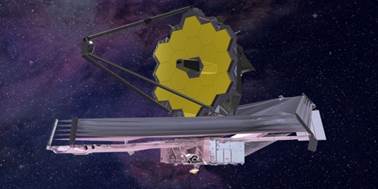





Disclaimer: Copyright infringement not intended.
Context
About
Note
To know more about Lagrange Points visit: https://www.iasgyan.in/blogs/types-of-orbits-explained
https://www.pib.gov.in/PressReleasePage.aspx?PRID=1891433






© 2025 iasgyan. All right reserved